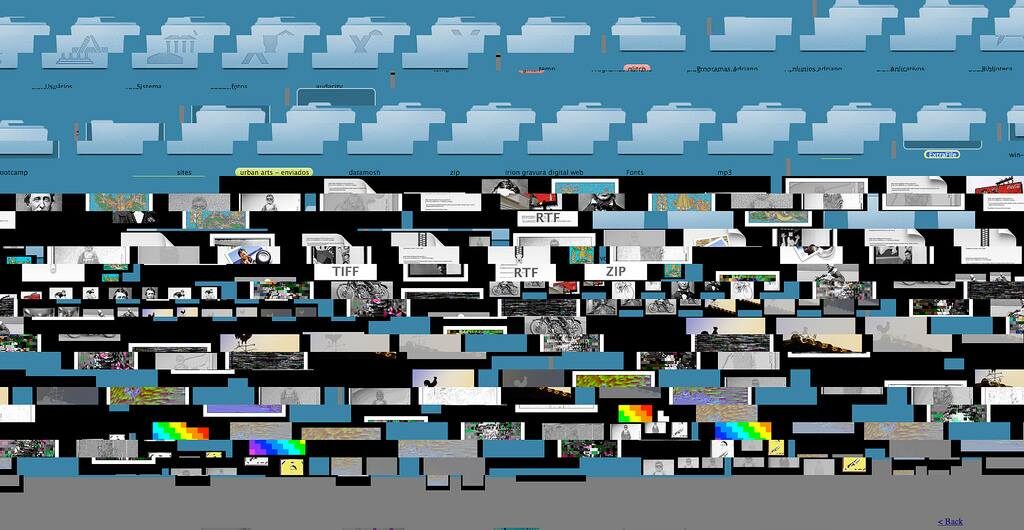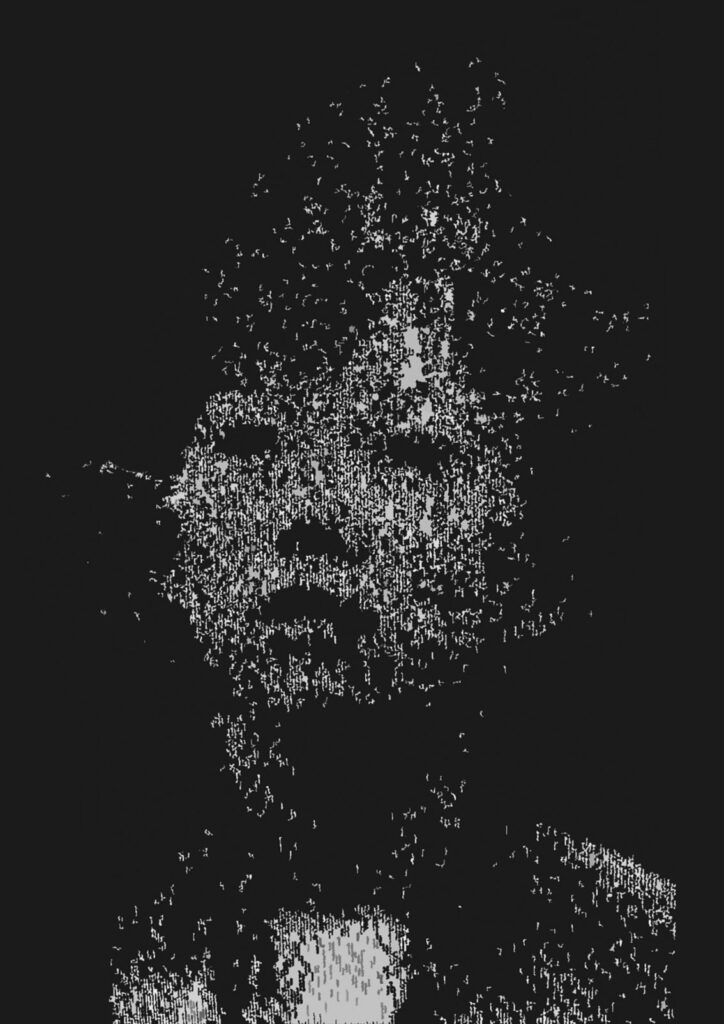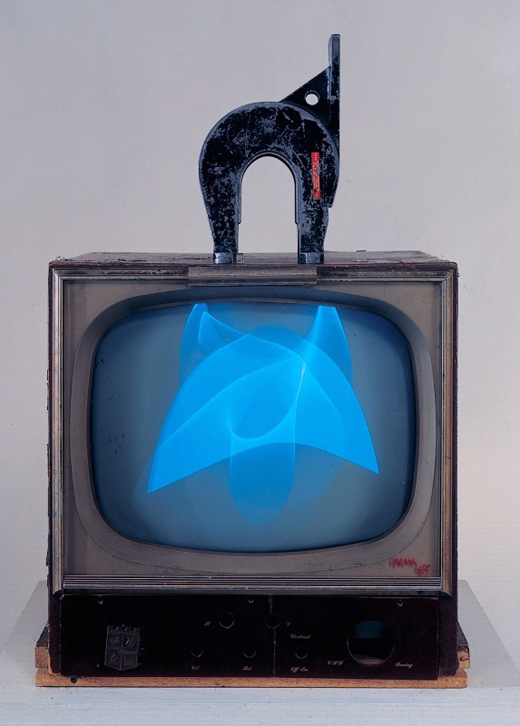Glitch Art, the Aesthetics of Error
What is the Glitch Art?

Being of a certain age, 42 years from now, while I write these words on a digital sheet, I have seen a varied path of technologies, which have made me think of the concept of digital art, however many of these today are obsolete, outdated technologies, which also if connected to the term digital art or electronics they actually belong to the context of multimedia art.
Talking about glitch art today has a significant value, as it determines a responsibility for correct documentation and cataloging of the phenomenon, both artistic and artistic, because living today in a digital era, we are perpetually and constantly inundated with digital content, images shared on the web, stolen manipulated filtered, like these images even the glitch aesthetic has been distorted from its original location, altered by filters, plugins, image libraries that have transformed the aesthetic value of the digital error, from its original location, i.e. the error, to that of art and ultimately aesthetics, obviously when a concept becomes popular we witness its most radical transformation and this also happened for Glitch Art. So how can you distinguish art from emulation? So what is glitch art?
It is not possible to draw a correct definition between what is art and what is not, however it is possible to define some styles on the basis of the year of production and cultural context, considering that what happened after at the end of the 2000s surpassed the point of no return, that is, it no longer has a real meaning of cultural, artistic and activist belonging, but is placed in a form of aesthetics, as happened to the culture of pop art, which from a criticism of consumerism has transformed into a model of consumerism itself.
The explorations net.art members would later influence visual distortion practices like databending and datamoshing. Glitch art is the practice of using digital or analog errors for aesthetic purposes by either corrupting digital data or physically manipulating electronic devices.

The term glitch came to be associated with music in the mid 90s to describe a genre of experimental/noise/electronica (glitch music). Shortly after, as VJs and other visual artist began to embrace the glitch as an aesthetic of the digital age, glitch art came to refer to a whole assembly of visual arts. One such early movement was later dubbed “net.art”, that experiments on glitch art included purposely causing layout errors of a website navigation in order to display underlying code and error messages.
As a technical word, a glitch is the unexpected result of a malfunction, especially occurring in software, video games, images, videos, audio, and other digital artefacts.
What is called “glitch art” typically means visual glitches, either in a still or moving image. It is made by either “capturing” an image of a glitch as it randomly happens, or more often by artists/designers manipulating their digital files, software or hardware to produce these “errors.” Artists have posted a variety of tutorials online explaining how to make glitch art. There are many approaches to making these glitches happen on demand, ranging from physical changes to the hardware to direct alterations of the digital files themselves. Artist Michael Betancourt identified five areas of manipulation that are used to create “glitchart.” Betancourt notes that “glitch art” is defined by a broad range of technical approaches that can be identified with changes made to the digital file, its generative display, or the technologies used to show it (such as a video screen). He includes within this range changes made to analog technologies such as television (in video art) or the physical film strip in motion pictures.

Nam June Paik Magnet TV 1965
The distortion was one of the earliest types of glitch art to be produced, such as in the work of video artist Nam June Paik, who created video distortions by placing powerful magnets in close proximity to the television screen, resulting in the appearance of abstract patterns. Paik’s addition of physical interference to a TV set created new kinds of imagery that changed how the broadcast image was displayed.
Nam June Paik’s investigations into video and television and his key role in transforming the electronic moving image into an artist’s medium are part of the history of the media arts. Using television as a sculptural and installation object, the artist adds an entirely new dimension to both sculpture and video art. His imagery is not predetermined or limited by the technologies of video or the system of television. Rather, he alters the materiality and composition of the electronic image to define a new form of creative expression.
Magnet TV (1965) is an early example of Paik’s prepared televisions; a series in which he altered the television image or its physical casing. This work consists of a seventeen-inch black-and-white set on which an industrial-sized magnet rests. The magnetic field interferes with the television’s electronic signals; distorting the broadcast image into an abstract form that changes when the magnet is moved. Paik’s radical action undermines the seemingly inviolable power of broadcast television by transforming the TV set into a sculpture; one whose moving image is created by chance procedures and can be manipulated at will. Through his transformation of TV images, Paik challenged the notion of the art object as a self-contained entity and established a process of instant feedback, in which the viewer’s actions have a direct effect on the form and meaning of the work.
Video by Nacho Simon (Zaragoza, Spain)
Cathode rays are electrons in movement inside a vacuum tube. Those electrons, being charges in movement generate a magnetic field so they can be lead to the phosphors of the screen with a set of coils that modulate the TV signal. With a magnet it is possible interact with the electrons and distort the image an alter the colors.
